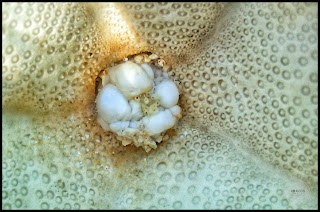Slow photography 88: Kidnapped in Scotland, A Stevenson Lighthouse Adventure

Kidnapped in Scotland Setting out over the roads of the Isle of Skye, we went in search of the Neist lighthouse, built in 1909. For over 100 years it has withstood the powerful winds of the Minch, a strait in northwest Scotland. The day before, we'd taken a wrong turn. It took us awhile to find the Ballachulish House Bothy. The delay worked in our favor, for there was a break in the weather, and when we finally found the correct driveway off the main road, a rainbow burst out overhead as we drove uphill past a roaring stream. Winds rocked the trees. We parked. The owner greeted us. We moved our dry luggage into the Ballachulish guest house, a white, rectangular, 19 th century, slate roof, stone-built abode, described as a self-catering bed-and-breakfast. On the mantle above its fireplace, hardbound between red leather covers, was a complete set of Robert Louis Stevenson's novels (First American Editions, Scribner's sons). T...





